Resolution #432
 |
The question of the impact of climate change on Arctic biodiversity. |
| Committee: Ecology & Environment | |
| Main Submitter: Ukraine | |
| Submitted: 14/02/2025 21:12 |
| Status |
|---|
| Passed cosubmitter sheet validation |
| Approved by approval panel |
| Selected for debate by secretariat |
| Passed by committee (Ecology & Environment) |
Committee Voting
| For: | 46 |
| Against: | 2 |
| Abstentions: | 4 |
Options
Co-submitters
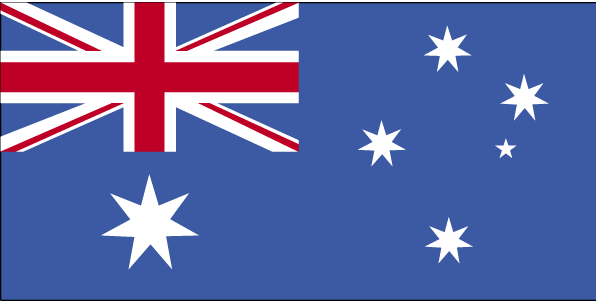 | Australia |
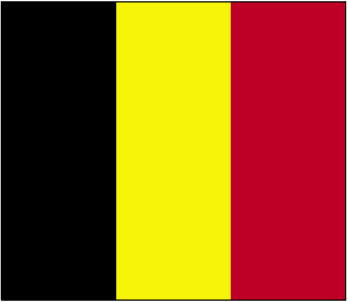 | Belgium |
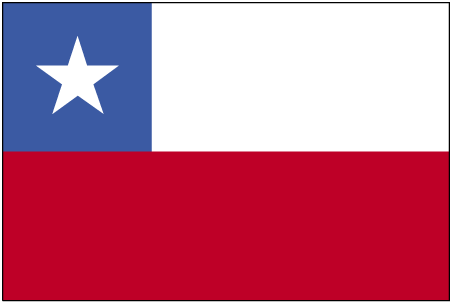 | Chile |
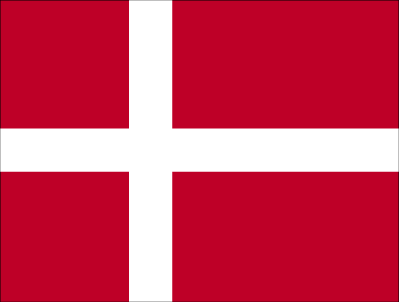 | Denmark |
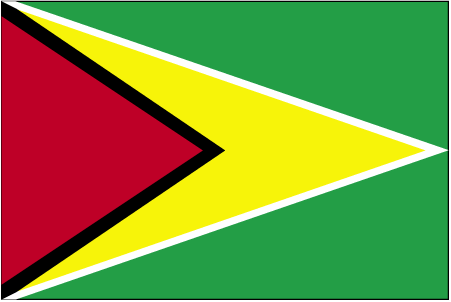 | Guyana |
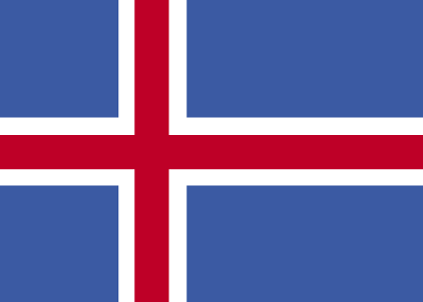 | Iceland |
 | Pakistan |
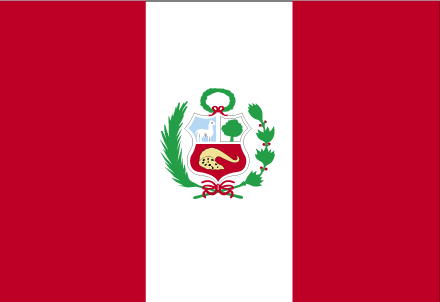 | Peru |
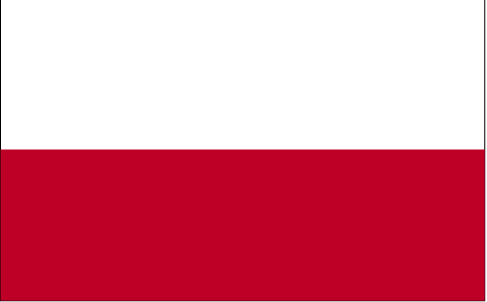 | Poland |
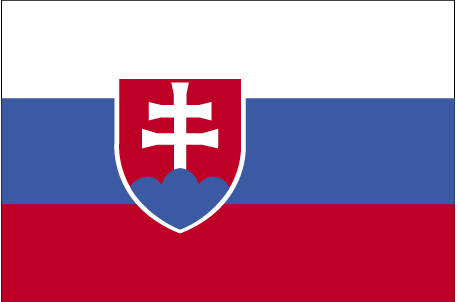 | Slovakia |
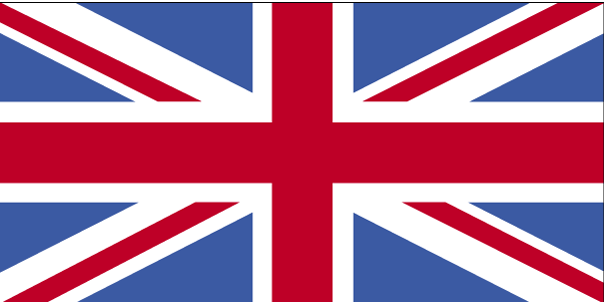 | United Kingdom |
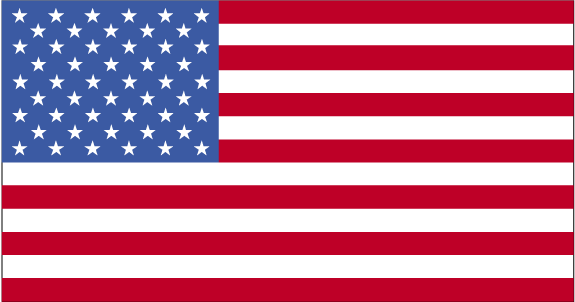 | USA |
Resolution
Forum: Ecology and Environmental
The Question of: The Impact of Climate Change on Arctic Biodiversity
Submitted by: Ukraine
Co-Submitters: Australia, Belgium, Chile, Denmark, Guyana, Iceland, Pakistan, Peru, Poland, Slovenia, The United Kingdom, The United States of America,
THE ECOLOGY AND ENVIRONMENT COMMITTEE
Fully aware of the work of the Arctic Council and what its working groups do for Arctic regions as an intergovernmental forum,
Deeply concerned with the rapid warming of the Arctic region and its detrimental impact on its unique ecosystems,
Expecting the creation of a new global framework in order to better combat the effects climate change has had not only in the Arctic but also in every part of the world,
1. Calls for the establishment of the United Nations Arctic Resilience and Climate Action Taskforce (UNARCTIC) to work in coalition with the Arctic Council and to be made up of experts from member states, overseeing that the implementation of all clauses in this resolution is done so in accordance with the regulations set out by the United Nations Environmental Programme (UNEP) and guidance from the Arctic Council and relevant intergovernmental organisations to undertake responsibilities that include but are not limited to:
a. Carrying out periodic reviews of the effectiveness of this resolution in collaboration with the United Nations Educational, Scientific and Cultural Organisation (UNESCO) and the United Nations Environmental Programme (UNEP), and suggesting corrective measures to take
b. Conducting mandated Strategic Environmental Assessments (SEAs) to determine the environmental impact of proposed and current projects that may threaten Arctic biodiversity
c. Supporting the restoration of lost arctic habitats and highlighting the importance for international cooperation, including the re-establishment of sea ice in critical areas through geoengineering research;
2. Recommends the Arctic Biodiversity Conservation Fund (ABCF), managed by UNARCTIC in collaboration with the various bodies of the World Bank Group and all relevant bodies, to cover a large portion of the cost in implementing policies and eco-friendly practices, developing infrastructure, funding research projects and forming capacity-building programs for developing nations that are unable to carry out this resolution to completion;
3. Recommends that the UNARCTIC act in collaboration with the Conservation of Arctic Flora and Fauna (CAFF) committee to expand the Circumpolar Biodiversity Monitoring Program (CBMP) in order to:
a. Increase monitoring systems in all Arctic regions, to ensure there is a constant supply of updated, accurate information which will be used to aid capacity building programmes, research, and action plans, possibly by utilising remote sensing and investigate the usage artificial intelligence to track ecosystem changes
b. Enhance international data-sharing mechanisms to improve conservation strategies;
4. Encourages member states of the Arctic Council to engage in diplomatic conversations with each other in order to find common ground with the intentions such as:
a. Ensuring continued scientific collaboration on Arctic climate research, biodiversity monitoring, and conservation efforts, regardless of geopolitical tensions
b. Finding a middle ground and negotiating with the aim of carrying out and/or reforming projects that have been put on hiatus
c. Establishing confidence-building measures to prevent environmental policies from becoming politicised;
5. Urges for the establishment of a convention on the implementation of this resolution to be agreed upon by all member states with aid and advice from bodies, to be signed and ratified by all member nations, which will be held in Reykjavik, Iceland and called the Reykjavik Convention and include clauses including but not limited to:
a. Mandating that all member nations with a population of under 100 million must be Net Zero by 2050, those with a population of under 750 million by 2055, and all in excess of 750 million by 2060
b. Ensuring that no Arctic region is exploited for economic gain at the expense of ecosystems and biodiversity
6. Further requests the establishment of an annual conference in Reykjavik, with all signatories and relevant bodies attending while having the option to attend remotely, to review progress and assess future actions, support to member states, discuss progress in developing new renewable energy sources, facilitating knowledge sharing mechanisms, and consider any amendments to the convention that may be necessary, as well as deciding on a timeline for the implementation of this resolution in entirety;
7. Urges the use of conservational methods and infrastructures to conserve species especially vulnerable by climate change in Arctic regions, this will include but not limited too:
a. Creating blue wildlife corridors to enable species to migrate and adapt to changing environmental conditions
b. Proposing ban on industrial fishing in key biodiversity hotspots, enforcing stricter regulations for fishing practices, and reducing shipping and industrial activities in Arctic water by strengthening regulations on Arctic shipping routes, to ensure that all vessels comply with environmentally safe protocols, protecting the economic, social and overall well-being of Arctic inhabitants.
8. Strongly Urges the collaboration of the IPCC, a scientific research panel aiding and enhancing knowledge on this issue, this will encourage the distribution of vital information to the international community as-well as encouraging support for;
a.Advocacy for both land and marine protection and the development of Arctic Biodiversity Protection Areas in Arctic regions to safeguard biodiversity from human activity and climate induced stress from such actions
b. Creation of a public led information board set up by the UNEP that is voluntary and open to the general public of all member nations, this creates active involvement opportunities from relevant NGOs and citizens concerned about biodiversity in the arctic, to share valuable insights they have gained and to offer ways to combat this issue and to cooperate with people from other nations on this issue,